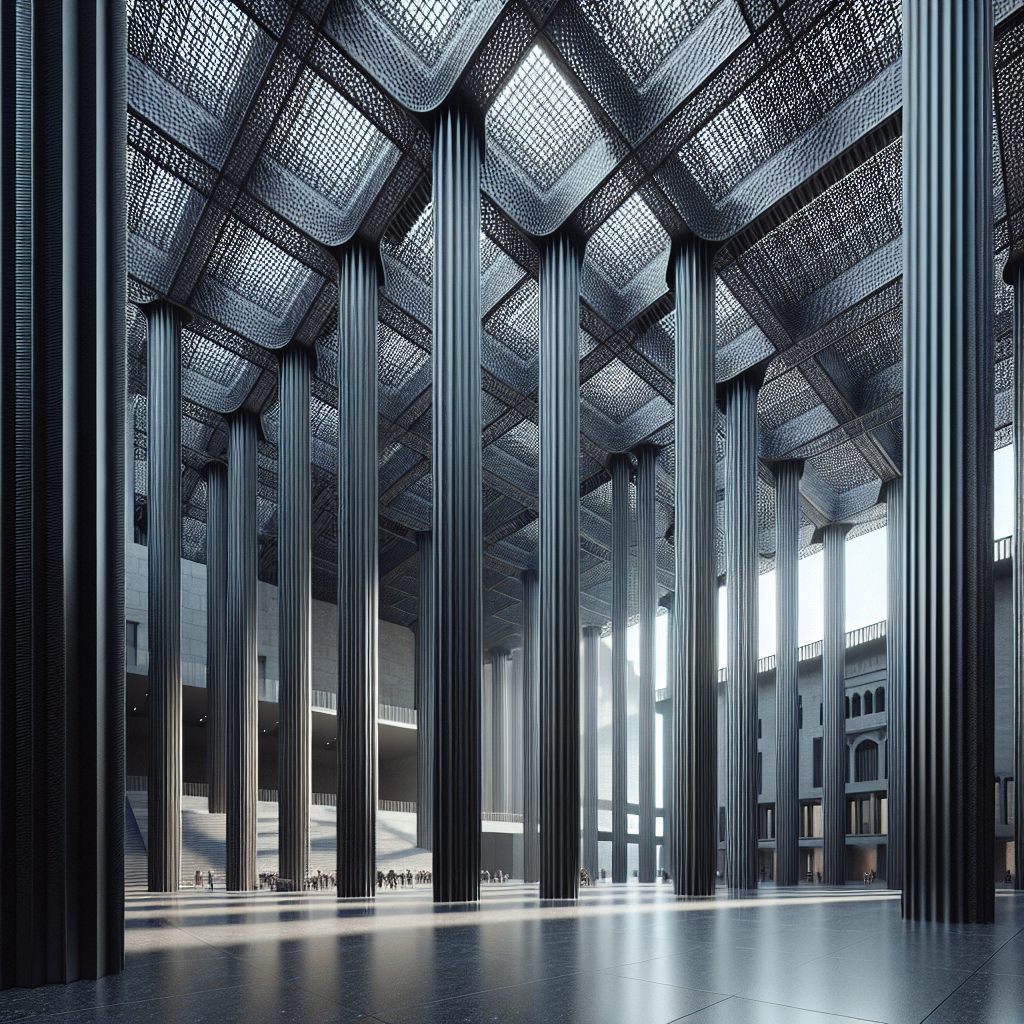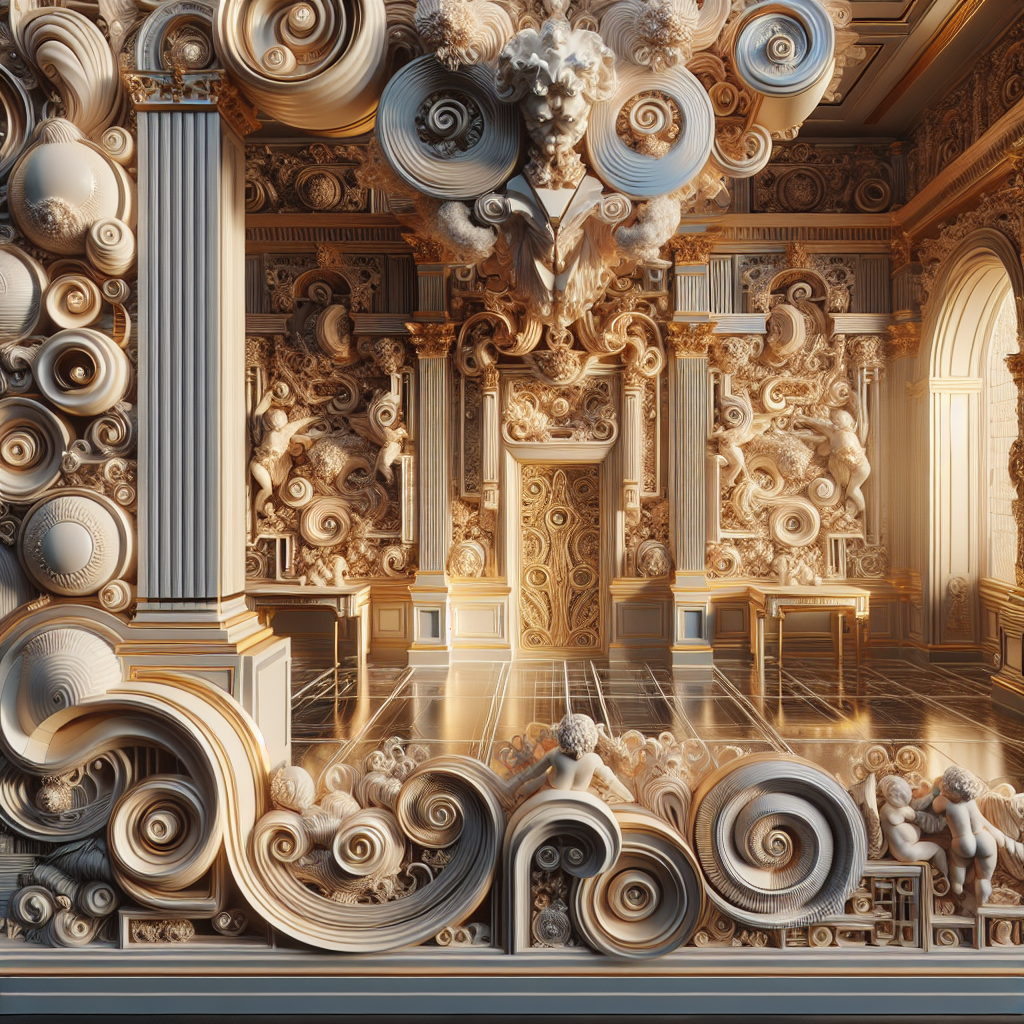Between Function and Symbol: The Evolution of Monument Design

Monuments, they punctuate our landscapes, embodying a confluence of function and symbol.
The Early Foundations: Practicality and Symbolism
From the early menhirs and dolmens of prehistoric cultures to the grandiose obelisks and statues of ancient civilizations, monuments have long served as tangible reminders of shared experiences, significant events, or revered individuals.
Functional Entities with Symbolic Weight
At their core, monuments were functional entities—serving as landmarks, religious sites, or sites of social gathering. Yet, their designs often carried a symbolic weight, acting as visual narratives that told tales of power, triumph, or collective memory.
The Pyramids of Egypt
Take, for instance, the Pyramids of Egypt. These colossal structures were practical in their purpose, serving as tombs for the pharaohs. Simultaneously, their monumental design—grand and enduring—symbolized the divine status of their occupants and the eternal nature of their reign.
Abstract Symbolism in the Middle Ages
Fast-forward to the Middle Ages, where we see a shift towards more abstract symbolism in monument design. Gothic cathedrals, for example, incorporated elaborate architectural elements like the pointed arch and the flying buttress not just for structural reasons but also to create an upward visual movement, symbolizing aspiration towards the divine.
The Modern Era: Form, Function, and Symbolism
Moving into the modern era, monument design witnessed another transformation. With the advent of new materials and technologies, architects and artists began to experiment with form and function. Monuments no longer needed to serve a practical purpose—they could be purely symbolic.
The Vietnam Veterans Memorial
Consider the Vietnam Veterans Memorial in Washington D.C. Designed by Maya Lin, its stark, minimalist design departs from traditional monumental architecture. It’s a simple, polished black granite wall etched with the names of the fallen. Its function is not practical; rather, it is profoundly symbolic, serving as a reflective space for remembrance and healing.
The Contemporary Shift: Multifunctionality and Public Spaces
Today, we stand at the precipice of yet another shift in monument design. As we grapple with the challenges of the 21st century, our monuments are becoming increasingly multifunctional, often integrating sustainable design elements or serving as public spaces.
The ‘Vessel’ in New York’s Hudson Yards
One striking example is the ‘Vessel’ in New York’s Hudson Yards. Comprising a network of staircases and platforms, it serves as both an interactive sculpture and a public plaza, demonstrating how contemporary monument design is synthesizing function and symbol in novel ways.
Reflecting Our Evolving Relationship with the Built Environment
Undeniably, the evolution of monument design reflects our evolving relationship with the built environment. As we continue to navigate the tension between function and symbolism, our monuments will undoubtedly continue to mirror our values, aspirations, and collective narratives in their design.
Conclusion
This exploration into the transformative journey of monument design offers a fascinating lens to view the progression of societal values and aesthetics. As our landscapes continue to be punctuated by these significant structures, the dialogue between function and symbol in monument design promises to remain a dynamic and captivating area of exploration.





